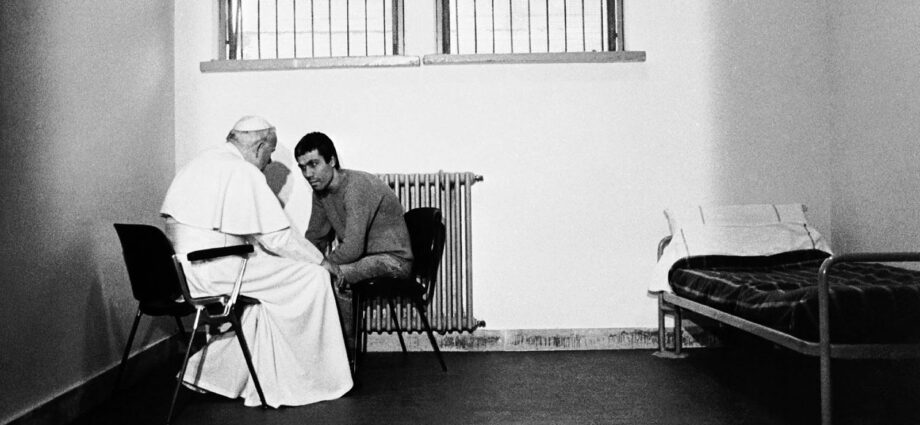Forgiving others is pretty hard to do, sometimes, especially when they hurt someone, we love. Our world is filled with encouragement to hold grudges. Music lyrics and memes on the internet tell us we shouldn’t keep people in our lives if they hurt us and shun those who don’t give us the perfect respect. Jesus calls us to a deeper path, a more righteous path.
In this morning’s Gospel, He teaches His disciples how to pray. The prayer that we know as the Our Father contains in it those words: “Forgive us our trespasses as we forgive those who trespass against us.” Jesus doesn’t just stop there in Matthews Gospel, though; He makes sure that we understand how serious this is:
“If you forgive others their transgressions, your heavenly Father will forgive you. But if you do not forgive others, neither will your Father forgive your transgressions.”
What does that look like in action? Because saying the words doesn’t always mean we’ve forgiven someone, does it? Even when we try, sometimes we need to go to God in prayer because deep down inside, we know on our own we haven’t been able to forgive them.
In 1981, Mehmet Ali Agca attempted to assassinate Saint Pope John Paul the Second. With the location of his wounds, it was a miracle the Pope survived. Following the shooting, the Pope began to ask Catholics worldwide to forgive Mehmet, “whom I have sincerely forgiven.” That alone would have been where most of us would have stopped. I’ve been told that those closest to Pope John Paul said he struggled with truly forgiving him, and needed to meet him in person. Both to forgive the man, and to help in his own process of forgiving. John Paul, in 1983, visited Mehmet in prison and then, a few years later, met his mother and brother.
Again, this seems like true forgiveness. The Pope was praying for the man’s salvation, established a relationship with him and even his family. But then, around this same week of the year 2000, Pope John Paul the Second went even further. He helped secure a pardon for Mehmet from the Italian President.
Mehmet has converted to Catholicism and had said the following: “Just for a day, I would wish to return to Rome to pray at the tomb of John Paul II to express my filial appreciation for his forgiveness.” Thirty-one years later, Mehmet Ali came to the Vatican and visited the grave of Saint John Paul the Second, placing white roses on the tomb.
This example is what true forgiveness looks like. It’s life-changing, not just for those who forgive but for the ones who are forgiven. Well, that’s why John Paul is a Saint, right? But Jesus tells us this is the expected behavior of all Christians. Not an easy path, it can be a Cross at times, but a necessary one. Saint John Paul the II shows us that true forgiveness doesn’t just do the bare minimum; it isn’t just in words. It not only frees our own hearts of the burden of anger, grief, and vengeful thoughts, but is an opening of the heart that creates a relationship, inviting the other person to find Christ in us, and through His grace, to pray and hope He will become a part of their lives too.
Not easy, maybe even impossible on our own. But with God, all things are possible.
A reflection on the readings for Thursday of the 11th Week in Ordinary Time: June 17th, 2021

